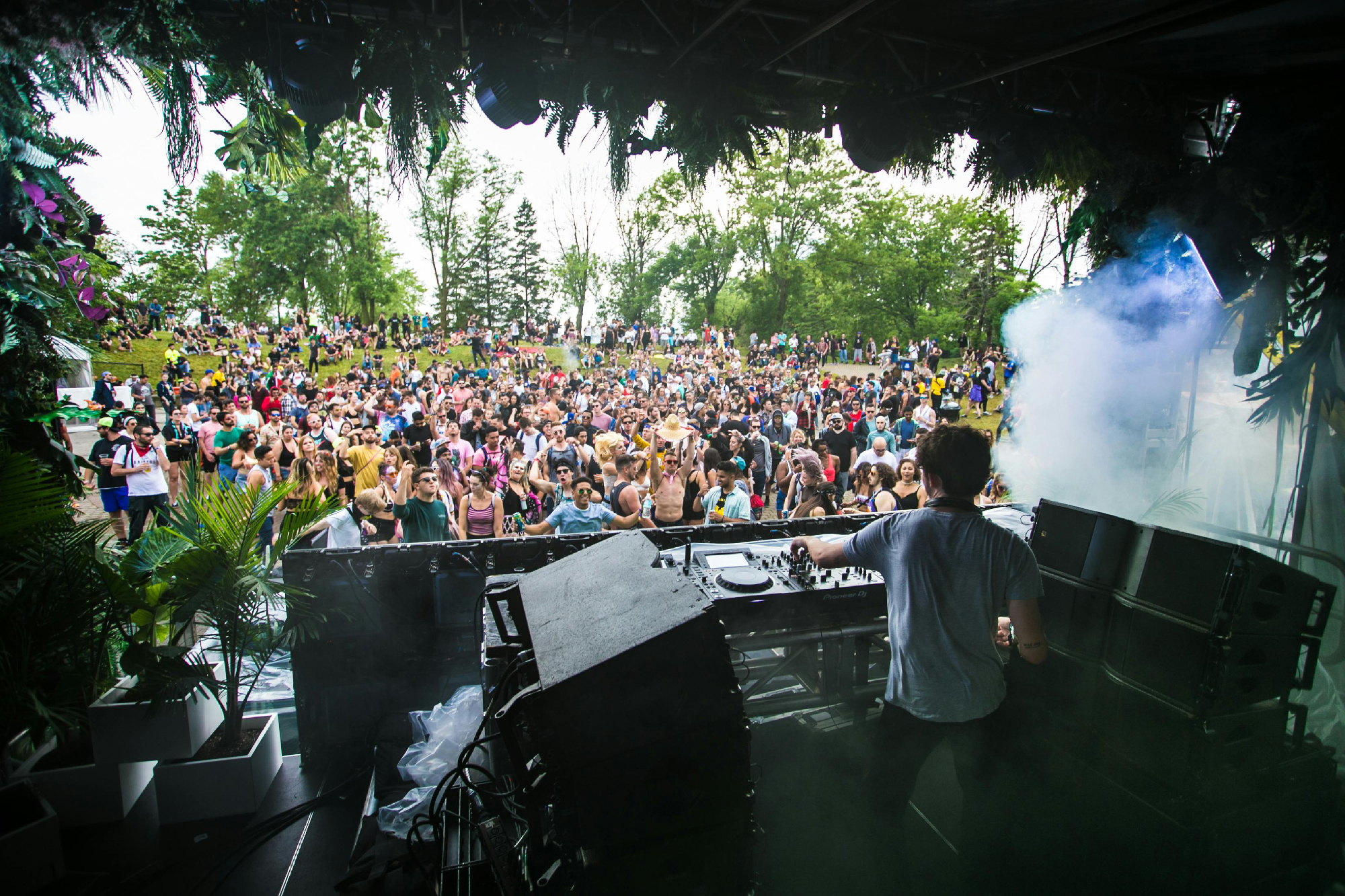House music has always been an evolving force in electronic music, but recently, a new subgenre has been making waves: organic house. Blending deep, melodic grooves with natural textures and hypnotic rhythms, this style is capturing the attention of both underground and mainstream audiences. As the electronic music scene shifts toward more emotional and immersive soundscapes, organic house is emerging as one of the most exciting movements in dance music today.
What is Organic House? The Evolution of a Sound
While house music has traditionally been defined by its steady 4/4 beat and club-focused energy, organic house takes a different approach. It integrates warm, earthy sounds, ethnic instrumentation, and cinematic melodies, creating a deeper and more introspective experience. Influenced by deep house, progressive house, and downtempo, this genre is characterized by:
- Live instruments such as hand drums, acoustic guitars, and flutes, blended seamlessly with electronic elements.
- Nature-inspired sound design, incorporating ambient textures, water droplets, birdsong, and wind-like synths.
- Hypnotic rhythms and evolving progressions, allowing tracks to build gradually, often reaching emotional climaxes.
Artists like Bedouin, Sebastien Léger, and Lee Burridge have been instrumental in shaping this sound, creating tracks that feel both timeless and contemporary.
Why Organic House is Thriving in the Global Scene
As dance music lovers seek more immersive and emotional experiences, organic house has found a strong foothold. Its rise can be attributed to several key factors:
- The Shift Toward Mindful and Experiential Music
More than just club music, organic house is often associated with spirituality, mindfulness, and wellness culture. Festivals such as Burning Man, Zamna, and All Day I Dream have embraced the genre, curating experiences that go beyond just the dancefloor. - The Popularity of Extended DJ Sets and Sunset Sessions
Organic house is perfectly suited for long-form storytelling in DJ sets, making it a favorite among selectors who build deep, atmospheric journeys. Its melodic and emotive qualities also make it ideal for beach clubs, rooftops, and sunset parties, where the setting plays a vital role in the experience. - The Streaming Era and Chill Vibes Movement
With the rise of Spotify playlists and YouTube mixes, organic house has found a dedicated fanbase beyond traditional club culture. Its smooth, relaxing, and yet danceable qualities make it ideal for home listening, yoga sessions, and even work playlists.
What’s Next for Organic House?
The future of organic house looks promising. As more producers experiment with live instrumentation and cross-genre influences, we can expect even richer and more diverse soundscapes. With artists like Keinemusik, Monolink, and Satori pushing boundaries, organic house is on track to influence mainstream electronic music even further.
Additionally, as the world continues to open up post-pandemic, destination festivals and boutique music experiences are on the rise. This means organic house will likely become even more central to immersive events, wellness retreats, and global music gatherings.
Conclusion
The rise of organic house proves that electronic music is constantly evolving, with audiences craving deeper, more meaningful connections to sound. Whether it’s in a desert festival, a beachside sunset, or your personal meditation session, organic house has created a bridge between nature, emotion, and electronic rhythms. As it continues to thrive, one thing is clear—house music’s future has never sounded more alive.


